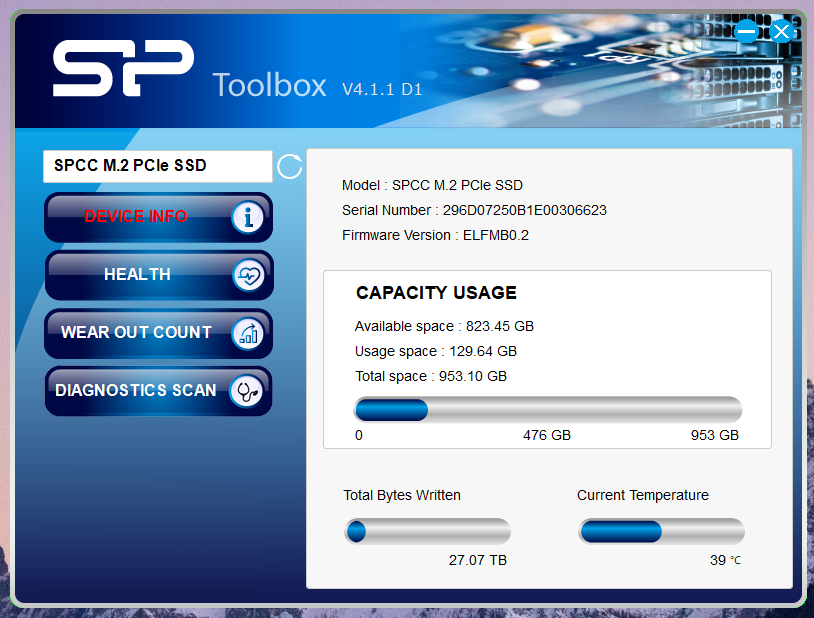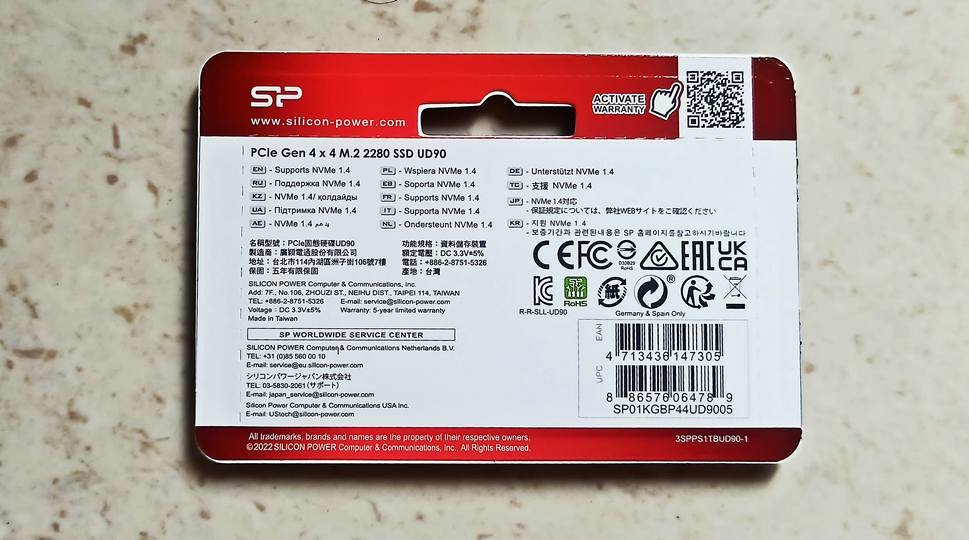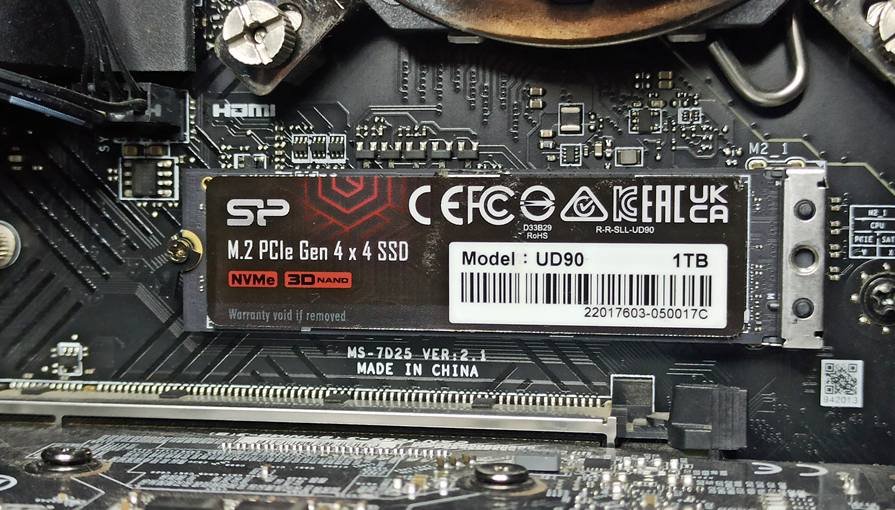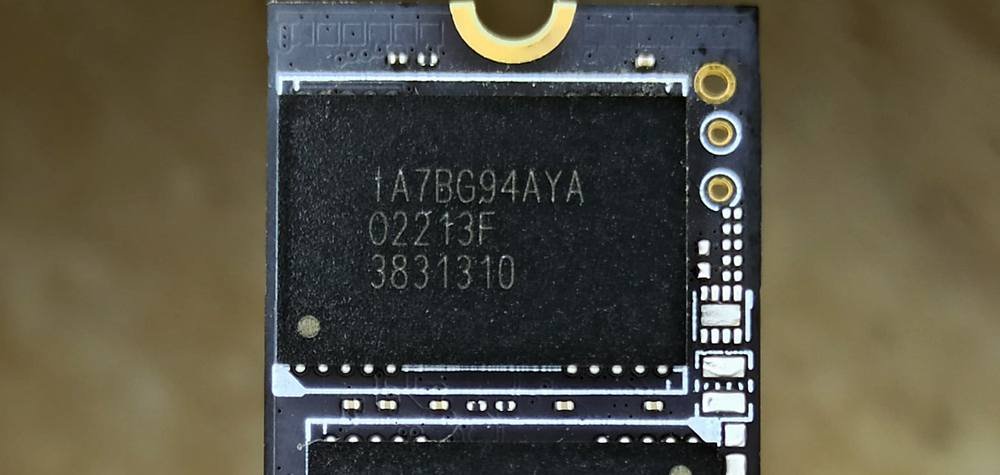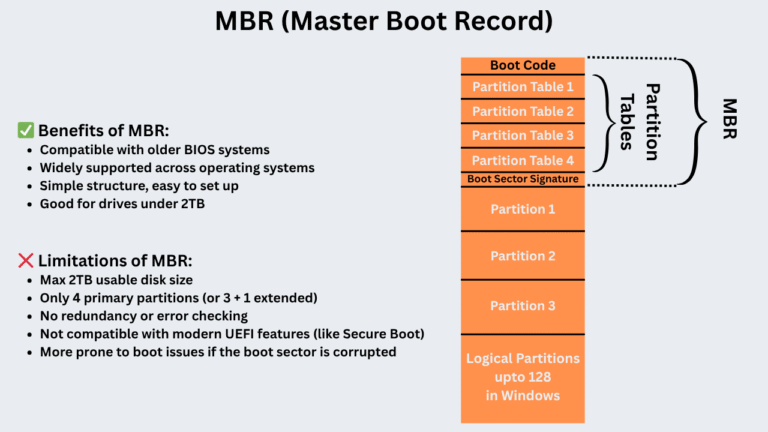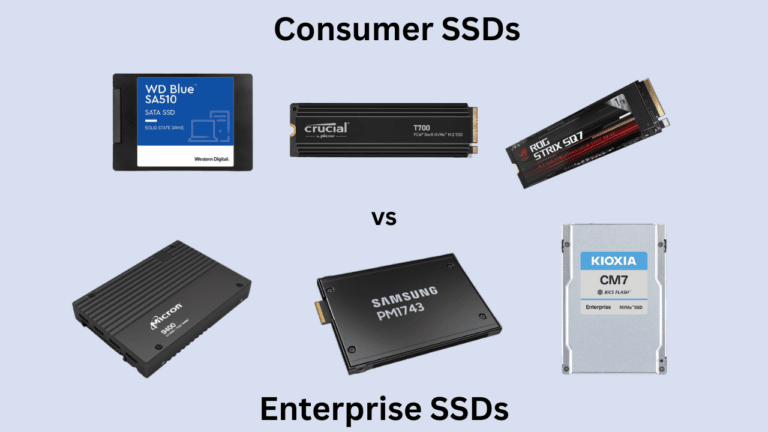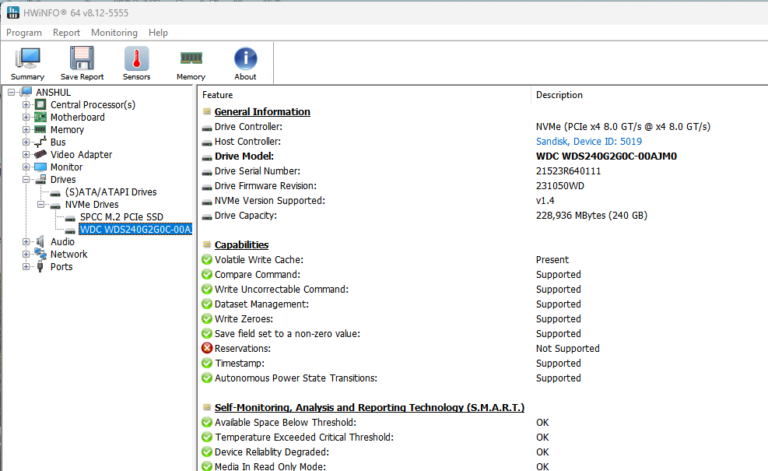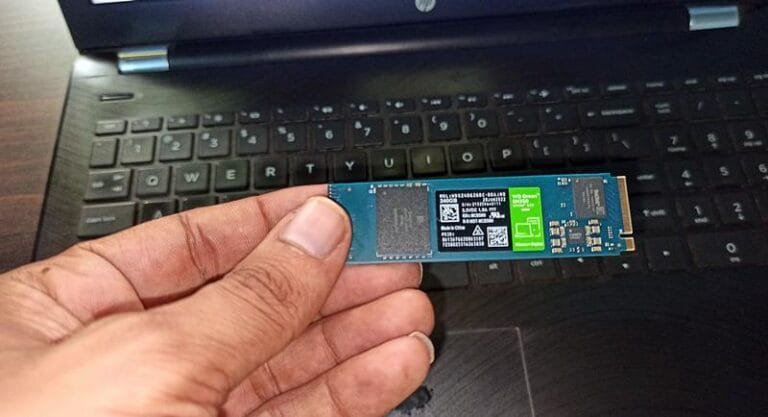Affiliate Disclosure: This post may include affiliate links. If you click and make a purchase, I may earn a small commission at no extra cost to you.
I have been using the Silicon Power UD90 (1TB) as my primary drive for the last 18 months. It is a Gen 4.0 NVMe 1.4 SSD with 176-Layer TLC NAND Flash. However, the company recently changed its NAND flash to QLC NAND Flash under different model names.
It is a DRAM-less SSD targeting the mid-range segment. The SSD was launched on May 20, 2024, and the launch price for the 1TB variant was $110. Currently, during most seasons, it can be purchased just for $56.97. The UD90 competes with the SK Hynix P41, Kingston Fury Renegade, Crucial P5 Plus, and WD Black SN770.
Among all of these, the UD90 is recognized for its good power efficiency and lower heat generation. Otherwise, its performance is relatively low and is suitable only for systems with low-end specifications.
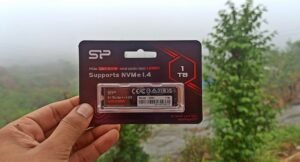

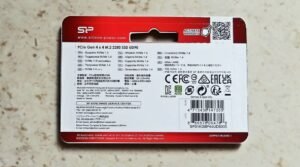
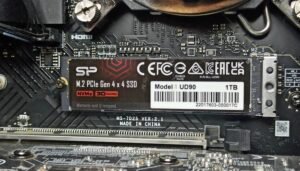
The SP UD90 is one of the most affordable Gen 4.0 SSDs available. After they have introduced the QLC variant, the price has dropped even more. QLC NAND Flash is not known for its best performance, but for the best price-per-GB. The controller, i.e., Phison E21T, is DRAM-enabled and can work with both TLC and QLC NAND Flash designs.
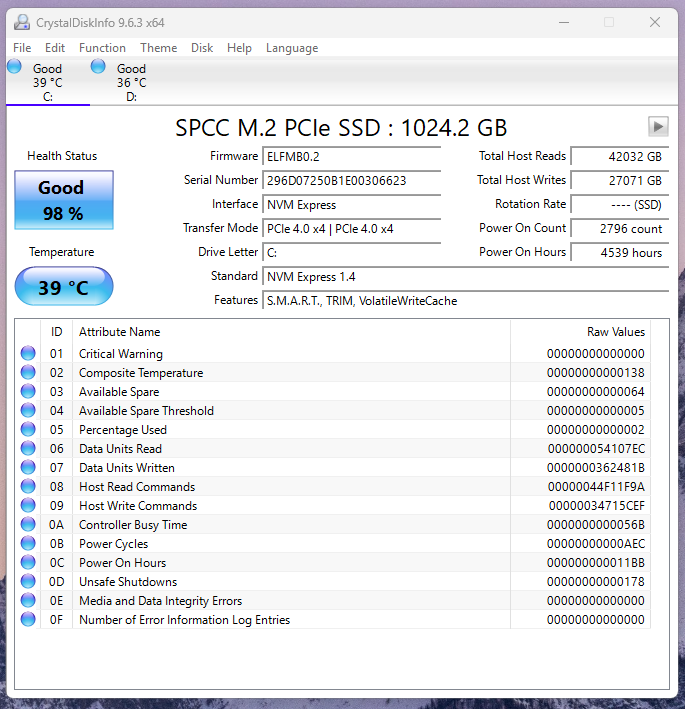
I have been using it for only light workloads, and around 27 TB of data has been written, and I believe there is still a long way to go. Now, the biggest issues with the DRAM-less SSDs are their bad random read/write performance and, in some cases, overall bad read speed. Although the UD90 comes with a good enough SLC Write cache but after exhaustion, the speed drops drastically.
| Pros | Cons |
|---|---|
| Excellent Value for Performance | Dramatic slowdown outside SLC cache |
| Efficient controller | DRAM-Less |
| Power Effecient | QLC NAND Flash in newer models |
| Available in 2230 Form Factor for compact devices | |
| 250GB to 4TB |
Silicon Power UD90 is good for general content creation, light gaming, office work, and home usage. It is not suitable for heavy, sustained write workloads like large video editing, where cache exhaustion impacts performance.
Specifications
The 1TB variant has three hardware versions. The first variant that we are reviewing here uses the Micron B47R FortisFlash TLC NAND Flash (176-layer) with the Phison PS5021-E21T controller. The second variant uses the Micron N48R FortisFlash QLC Flash (176-Layer). The third variant has the MaxioTech MAP1602A Falcon Lite Controller with the YMTC Xtacking 2.0 (CDT1B) TLC NAND Flash.
The 2TB variant also has two hardware versions. Both have the same Phison controller, but again, one has TLC NAND flash and the one has QLC NAND Flash.
The 4TB variant has two versions, and both are QLC. Both have the same Phison controller, but one has Micron’s N48C QLC NAND flash while the other one has the YMTC Xtacking 3.0 (X3-6070) QLC Flash 232-layer.
Internals
The NAND Flash chips are named IA7BG94AYA02213F3831310 and IA7BG94AYA02213F3831305. So, this indicates the NAND Flash is Micron N48R 176-layer 3D QLC. The controller is Phison PS5021-E21-48. But, in the latest updates, in the QLC variant, the controller was changed to MaxioTech MAP1602A Falcon Lite.
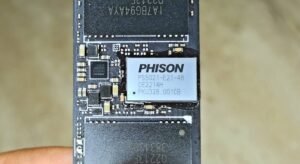

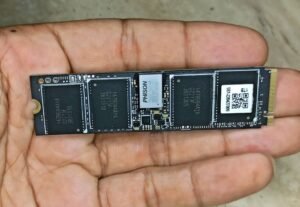
Because I have the 1TB variant, there are four NAND flash chips on the PCB, each with 250GB storage space. It has the standard single-sided PCB design with no DRAM chip, obviously.
Software (SP ToolBox)
SP Toolbox gives all the basic information about the drive capacity, SMART, temperature, TBW, and wear-out count. I don’t like the design at all. The diagnostic scan is good; however, it never gave me any information on the errors. So, it is pretty basic but does the job.
